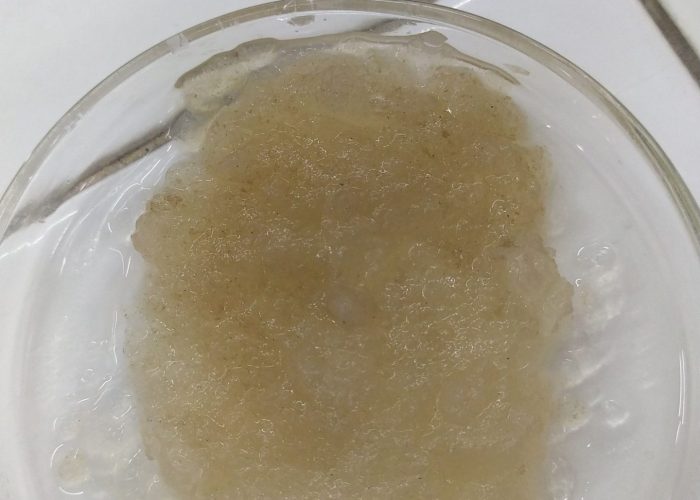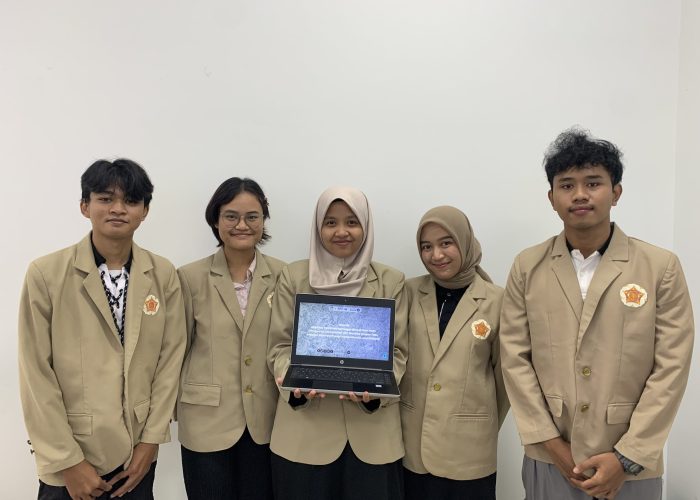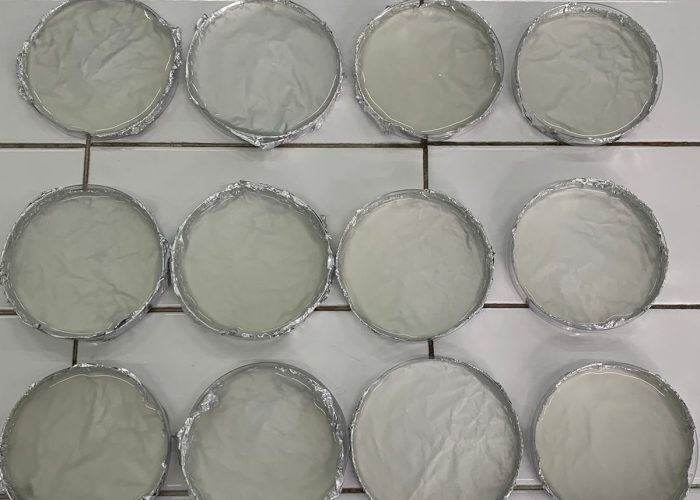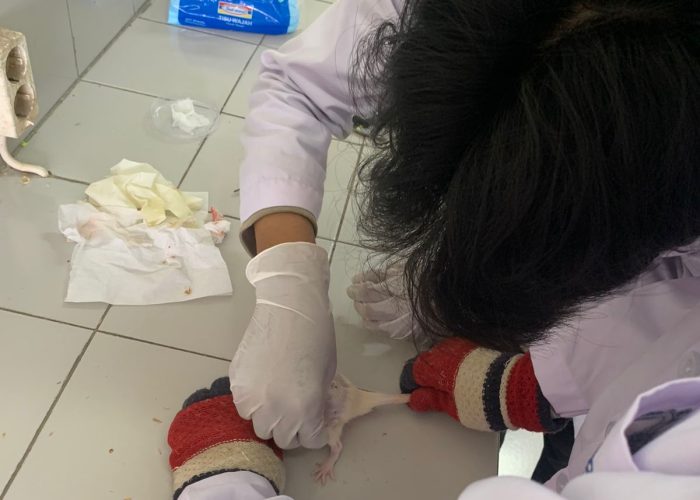Diabetes mellitus (DM) is a global public health issue that can lead to macrovascular and microvascular complications. In Indonesia, the prevalence of DM among adults reaches 10.6%. Ineffective DM management can result in long-term metabolic, neurological, or vascular complications, making DM patients more susceptible to foot infections, which can increase the incidence of amputations. According to data from the Ministry of Health 2023, over one million DM patients in Indonesia have undergone foot amputations, with approximately 80% of these amputations beginning with foot ulcers. The prolonged infection of diabetic wounds is caused by high blood glucose levels, which increase bacterial proliferation. This issue exacerbated by immune system deficiencies, leading to restricted mobility and decreased daily productivity.
Based on this issue, Biology and Pharmacy UGM students Zahwa Khoirun Nisa (Biology 2022), Zatun Nithoghani Hafni (Biology 2021), Muhammad Nur Ikhsan (Biology 2021), Sekar Ayu Kusumawardani (Pharmacy 2022) and Alvian Chesyar Burhanudin (Pharmacy 2022) was developed a topical patch using two local Indonesian natural products: catfish oil and sugarcane bagasse biosilica, as an alternative treatment for diabetic wounds under guidance Dr. Adhyatmika, M.Biotech. This research, funded by the Ministry of Education and Culture, is part of the Student Creativity Program in Exact Research (PKM-RE).
The regular treatment for diabetic wounds is antibiotic therapy. However, excessive use of antibiotics can lead to antibiotic resistance, making treatment less effective. “We chose the patch formulation in this study to prevent excessive use of antibiotics while ensuring drug delivery to the wound with a more measured and controlled dosage,” said Zahwa. Hafni added that the patch formulation is also suitable for patients who cannot tolerate oral medications and avoids the first-pass effect, maintaining the bioavailability of the drug.
Catfish oil contains essential omega-3 fatty acids known to aid in wound healing. An innovation in this study involves adding sugarcane bagasse biosilica to the patch formulation. This biosilica has shown to possess antibacterial activity that supports wound healing.
The bagasse used obtained from the sugarcane milling residues at PT. Madubaru. “We collected the accumulated sugarcane bagasse, then subjected it to furnace treatment at 600°C for 1 hour. The resulting bagasse ash was then dissolved in NaOH and acidified with HCl to form a gel. This gel was then oven-dried to produce silica powder,” explained Ikhsan. The resulting biosilica was combined with catfish oil to create three formulations with different active ingredient concentrations (catfish oil: biosilica), namely F1 = 25:75, F2 = 50:50 and F3 = 75:25. “We made nanoemulsions with these three formulations, measured their particle sizes, then added gel bases to form nanoemulgel, which processed into patch preparations,” Alvian elaborated.
The patches were then tested on diabetic mellitus model rats. “We inflicted wounds on diabetic model rats and applied different treatments, including the three patch formulations. Wound diameter observed from day 1 to day 7,” Sekar said. The data showed the significant effects of the patch treatments on diabetic wound healing. Based on these conclusions, further analysis identified Formulation 1 (25:75) as the best for aiding diabetic wound healing. This research is expected to provide a theoretical foundation for developing comprehensive therapies to accelerate diabetic wound healing. With this advancement, we hope to contribute to improving the quality of life for diabetes patients and help them achieve better health and well-being. [Author: Zahwa Khoirun Nisa]




